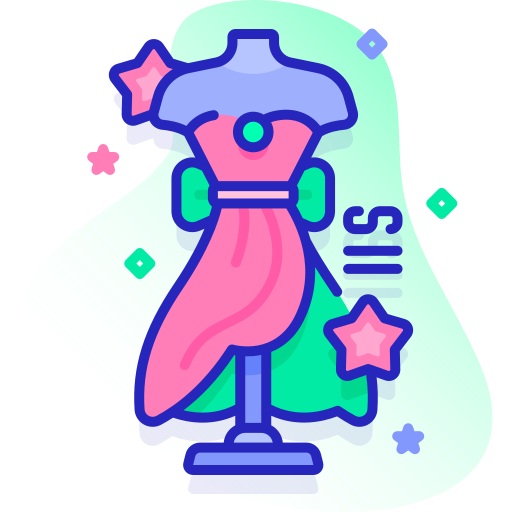Becoming a confident fashion illustrator is an exciting journey that combines both creativity and precision. Whether you’re sketching on paper or working digitally, certain foundational skills form the backbone of your artistic success. Understanding these essentials will give you the tools to bring your ideas to life and stand out in the fashion world.
Key Skills Breakdown
| Skill | Why It Matters | How to Develop | Tools & Techniques |
|---|---|---|---|
| Anatomy & Proportions | Realistic figures make designs believable | Practice life drawing and figure studies | Gesture drawing, mannequins, croquis |
| Fabric Understanding | Shows how clothes move and fit | Study different textiles and draping | Watercolor, shading, texture brushes |
| Color Theory | Evokes mood and highlights details | Experiment with palettes and harmonies | Colored pencils, markers, digital tools |
| Composition & Layout | Guides viewer’s eye across the illustration | Create balanced and dynamic sketches | Thumbnail sketches, layering, framing |
Deep Dive Into Each Skill
Anatomy & Proportions
Mastering the human form is essential. Fashion figures tend to be stylized — elongated and elegant — but understanding basic anatomy ensures your designs look natural and wearable. Regular sketching from live models or photos trains your eye to capture gesture, posture, and movement.
Fabric Understanding
Different fabrics behave differently — silk flows and catches light softly, denim holds a stiffer shape. Knowing how to depict these qualities helps bring authenticity to your illustrations. Study fabric samples, observe how they fold, and practice rendering textures with various mediums.
Color Theory
Color breathes life into fashion sketches. It sets mood, directs attention, and highlights details. Play with complementary, analogous, and monochromatic palettes to discover what best expresses your vision. Digital tools like Procreate or Photoshop offer endless possibilities for experimentation.
Composition & Layout
A great illustration isn’t just about the figure — it’s about how all elements work together on the page. Think about balance, movement, and focal points to create compelling visuals. Thumbnail sketches and rough drafts help plan your composition before committing to final details.
Practice Makes Progress
Building these skills takes time and consistent practice. Here are a few ways to stay on track:
- Dedicate daily or weekly sketch sessions
- Join online challenges or community projects
- Experiment with new tools and techniques
- Seek feedback from mentors and peers
At Sketch Runway, our courses guide you through all these essentials and beyond, empowering you with both knowledge and confidence to thrive in fashion illustration.
